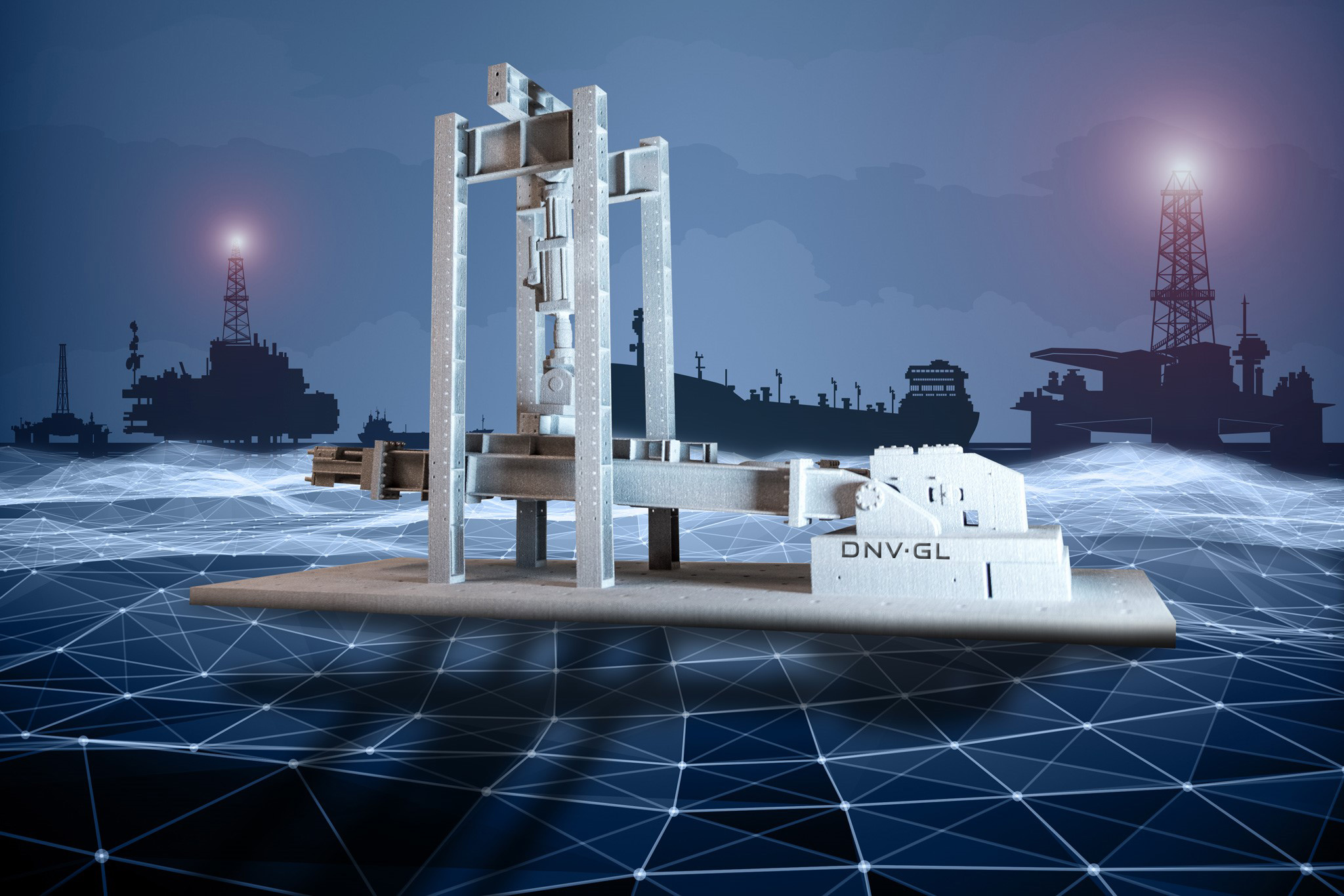Additive Manufacturing programmes are increasingly launched in a variety of sectors apart from maritime. Until today, few companies have succeeded in determining the contribution of the technology in this sector of activity. DNV GL has been working on opportunities of AM in this area of activity since 2014. In 2017, it published a guideline for the use of AM in the maritime, oil & gas industries.

“AM is a technology that holds a great deal of promise for the maritime industry,” says Knut Ørbeck-Nilssen, CEO of DNV GL – Maritime. “Our responsibility […] is to give manufacturers a clear path they can take to offer their innovative products, while ensuring that our customers can have the same confidence in an AM product as they do in any other that has undergone approval by class.”
The AoM therefore, is in line with this ideology and is launched a few months after the company opened its additive manufacturing centre in Singapore.
The AoM programme
The AoM programme aims to verify a manufacturers’ ability to consistently manufacture materials and products to given specifications and in accordance with the DNV GL rule requirements. As part of applying for AoM, manufacturers must firstly undertake a proof of concept to demonstrate that they have feasible technology and products.
“The release of the AoM programme opens up new opportunities for both producers and users of these products, creating potential efficiencies in logistics and supplies chains, as well as in on-board maintenance and repair,” says Knut Ørbeck-Nilssen. “Above all, however, we must ensure that safety and quality standards are upheld, and this new programme allows producers to demonstrate their fitness to the shipping industry.”
For further information, follow us on our social media and subscribe to our newsletter! Would you like to be featured in the next issue of our digital magazine? Or subscribe to 3D Adept Mag? Send us an email at contact@3dadept.com
//pagead2.googlesyndication.com/pagead/js/adsbygoogle.js
(adsbygoogle = window.adsbygoogle || []).push({});





